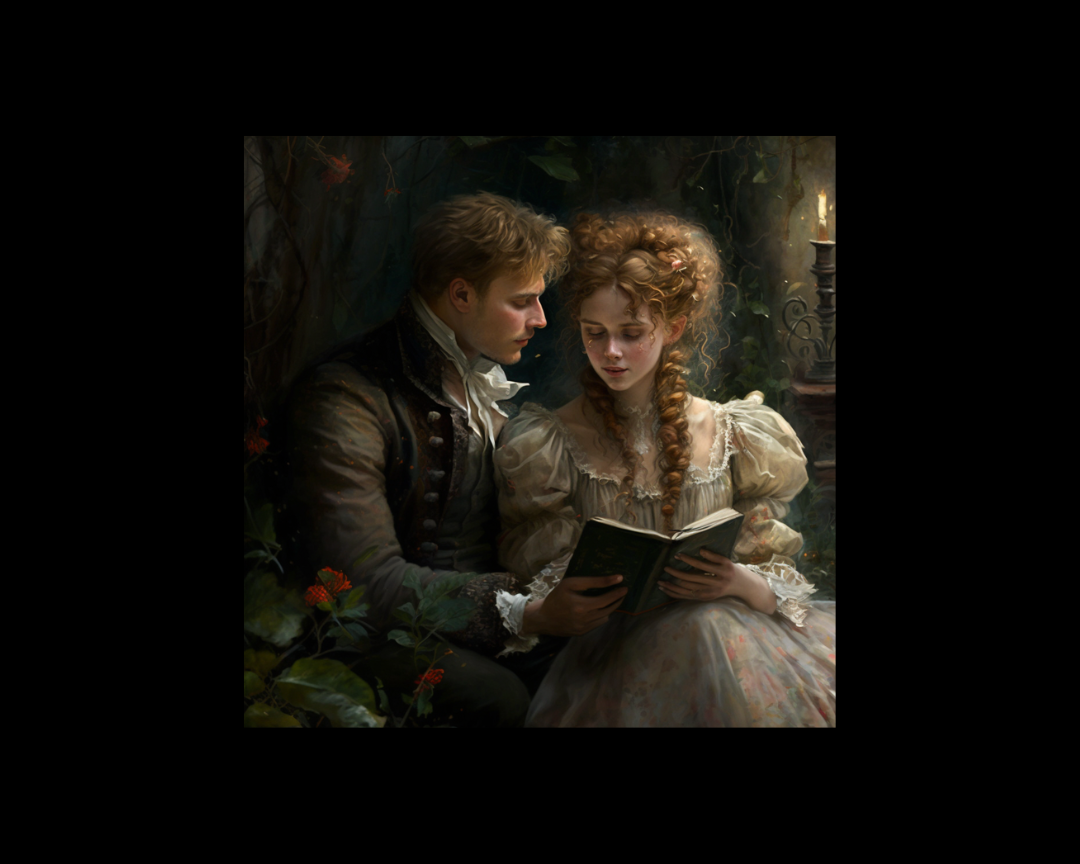Level Up Your Blog With Storytelling
Storytelling is a priceless tool.

Every time my daughter starts a story she says, "once upon a time" and usually follows that with "becaaaaaaaause." She's three. I'm hooked. But that's mostly because she has an adorable lisp and everything she does is magic.
There are entire forms of marketing consulting that center around storytelling. This is fine. But I'm not talking about micro-stories in an ad or fake testimonials (which companies use under the guise of storytelling... no shade... just saying). What I want to talk about is how to write a blog that tells a story. A story has inherent elements in order to be entertaining. And, I may get a little haughty here, but not everything counts as a good story. We've all watched a movie, gotten to the end, and thought, "um... what?" Stories can start out well and crap out at the end (I'm not talking about Lost but also I am).
A story MUST have a few basic elements to be remotely interesting. These include:
So, as long as you have characters, actions/events and some kind of conflict, you can create a story. This doesn't have to be epic. A story can be sweet, funny, simple, ridiculous, awe-inspiring, etc. It probably shouldn't be tragic. You still are trying to sell something, after all. And on the internet.
Now, how do you pick the right story for a blog?
It probably goes without saying that if you are using a blog to market your business, you should do this in accordance to your brand voice and sales strategy. The goal is to leverage what you know about your customer's behavior and give them a story that will inspire them.
A blog story should:
Illustrations are more powerful than me going on and on, so here are some examples of places around the internet where people have done great stories on their blogs:
Some more resources to hit up to hone this skill are:

Storytelling is a priceless tool.

Storytelling is a powerful tool that can convey information, trigger emotions and inspire action. Successful brands have long used the benefits of...

When approaching a new story, one of the very first — and most important — decisions an author must make is that of narrative voice. This determines...